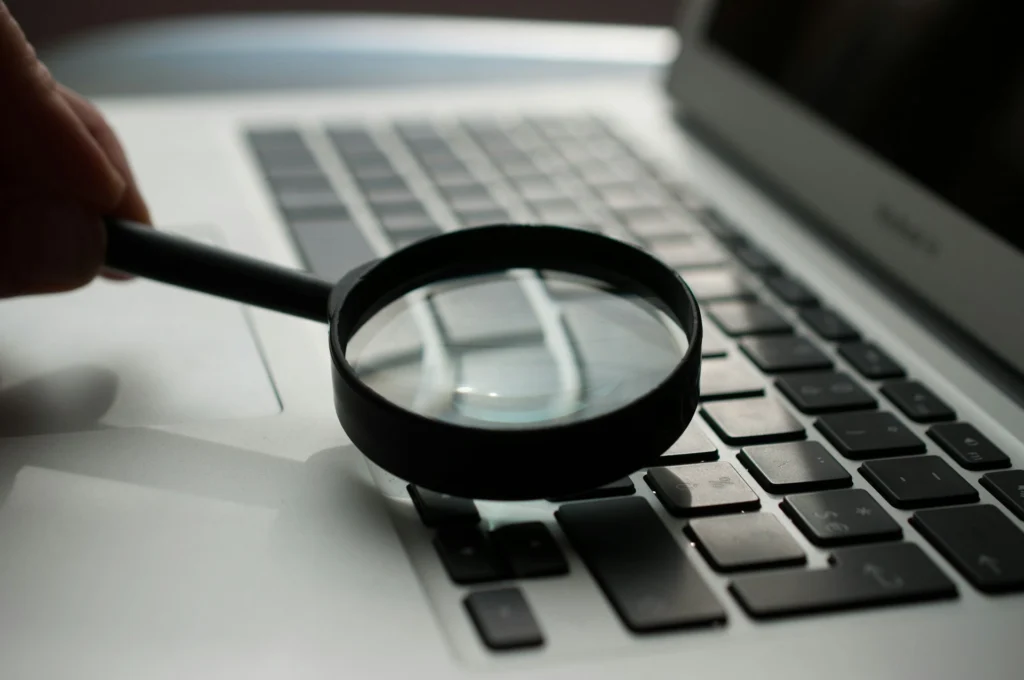You have plenty of customer and market data. Your business has potential to grow. And things are changing so fast in the world that you need every means possible to keep up. So, are you ready to use your data for predictive analytics?
Predictive analytics could be the right next move to maximize your business’s potential and to help you stay on top of the rapidly shifting business environment.
It’s time to not only use your historical data not only to see what happened in the past, but also to generate predictions about what will happen in the future so you can prepare and adapt.
You may not feel like you’re ready to take this step, but odds are that your data’s ready. And you could improve outcomes dramatically from a rules-based system. Let’s see how.
Find meaningful patterns to inform action
Have thousands of customers? Collect data on thousands of transactions each week? Fantastic. You’ve got enough data for meaningful predictive analytics. That’s plenty of information for machine learning to work its magic.
With that much data, humans looking at spreadsheets and dashboards have a tough time seeing anything clearly. But today’s AI tools can recognize significant patterns and generate actionable information from those thousands of rows.
Not sure you have enough data for data science projects? Think about all the places where you capture customer data: your CRM, your ERP, your customer experience management platform, your marketing automation tools, and so forth. In the event you have these available, their data could be combined. That’s not to mention other potential second- and third-party data you could add to your first-party data.
Additionally, it’s possible to augment your existing data with external data before building models. Consider all the factors influencing your customers’ decisions so as to help you understand their behavior: demographic details, weather, public health trends, and more. Enriching your data provides more predictive potential and more useful insights — and, with the right tools, it can be automated.
Wait — what is predictive analytics?
Predictive analytics uses mathematical models to see patterns in large datasets that humans could never process. The goal is to help the data tell their story: to find the patterns that recur, and to see how often and why they connect with certain outcomes. Then, we can look for the same patterns emerging in the present to predict outcomes likely to happen in the future. However, this process is different from descriptive analytics, where you usually ask a question about what happened in the past and use historical data to answer that question.
Business rules are helpful, but predictions are better
You probably already have various business rules that guide your business’s processes. Let’s consider a common example: the upsell and cross-sell use case. Then, you might have a preset logic that determines which customers to target with a new offer and what’s in that offer, given the customers’ personal details and the products they purchased in the past.
Together with intuition and “gut feelings,” descriptive analytics is often used to shape these rules. For example, you might have noticed that in the past, a customer who made purchases twice in the last two weeks often responded positively to an upsell offer.
But you may not be seeing the results you want from this rules-based approach. Even if it’s fairly successful, you’re probably sensing that there’s more opportunity than your rules are capturing. And, your KPIs are tougher than ever to meet.
Get a boost from AI-powered predictions
So, if it seems like you’re maxing out that rules-based approach, it’s time for a boost from predictive analytics. You already have a solid sense of how to successfully cross-sell or upsell, but you also need a more sophisticated way to identify which customers to target with which offers.
It’s time to use your data for predictive analytics. In this circumstance, predictive models can recognize more nuanced patterns that are difficult to spot in massive amounts of customer data using a historical approach.
For example, maybe the customers most likely to respond to an upsell offer are those who made two purchases from different product lines in the last three weeks, each worth at least a certain amount. Or it’s those customers who came from a specific trial offer, then logged in twice over their first two weeks, but made only one purchase since becoming a customer. In any event, those more obscure but specific patterns can be identified by predictive models.
Regardless of whether you’re trying to forecast which customers to sell to, forecasting demand regionally or globally, planning your inventory, or optimizing your acquisition and retention tactics, predictive models can look at both historical and new data from your business. Then, they’ll offer you a glimpse into the future. You’ll be empowered to address that future proactively for impressive results.
Using your data for predictive analytics provides a look at the future, helping you strategize to shape what's ahead.
Dynamic preparation for dynamic times
To be sure, the world is transforming around us at an amazing pace. Industries are adapting to new technologies and opportunities. Now, consumers are finding new ways to shop, forming new habits and loyalties. Meanwhile, unforeseeable phenomena — like natural disasters, pandemics, and civil unrest — challenge our best attempts at planning.
In this situation, it’s risky to cling to hope that static business rules can continue to guide decisions reliably in the face of such dynamic conditions. In fact, your competition is adopting future-ready strategies to respond to external forces and changing consumer preferences. They’re leaping ahead by using their data to anticipate the future and then plan accordingly.
But now, predictive analytics opens the opportunity for that proactive thinking, helping you forge your own path to success. If you’re ready to adopt a future-driven approach to your business, there’s no time like the present to move forward.
Ready to unleash your data’s potential? Pecan automates the predictive analytics process! If you’d like to assess your predictive readiness, request a use-case consultation. We’ll help you find the best way to get future-ready.






